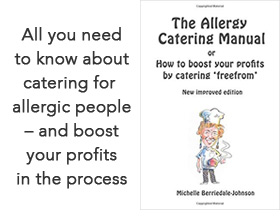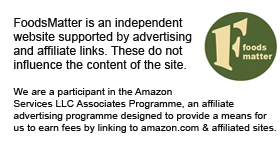|
|
Food allergy on the rise |
Dr Ruchi Gupta and colleagues at Northwestern University in the US have found that more children than previously thought suffer from food allergies (1). This suggests that disparity exists in the diagnosis of allergy. In another study, Dr Gupta carried out a study into the food allergy knowledge, attitudes and beliefs of primary care physicians. If allergy is on the rise, then it would be sensible for there to be a health system ready and able to cope with diagnosis and available treatments. In the first study, Dr Gupta issued surveys to households with adults able to complete the survey in either Spanish or English, with at least one child under the age of 18. In total they collected complete data for 38,420 children. Adjusting data to account for bias, their results showed that food allergy was at 8% (previously thought to be at 4%). Among those with food allergy, 38.7% had a history of severe reactions and 30.4% had multiple food allergies. Among the food allergic children, peanut was the most prevalent allergen, followed by milk, then shellfish. Odds of food allergy were significantly associated with age, race, income and geographic region. Disparities in diagnosis according to race and income were also observed, which leads into the second study (2) by Dr Gupta and colleagues. This study involved getting a national sample of paediatricians and family physicians to complete the validated Chicago Food Allergy Research Survey for Primary Care Physicians. The researchers then analysed findings to provide knowledge scores, show attitudes and beliefs and to examine the effects of the individuals’ personalities on their responses. The participants answered 61% of the knowledge-based questions correctly. 80% knew that flu vaccine is not safe for egg-allergic children, 90% knew that food allergy in children is increasing and 80% knew there is no cure. But only 24% knew that oral food challenges can be used in diagnosis, only 12% knew that chronic nasal problems can be symptomatic of food allergy, and only 23% knew that yoghurts and cheese are unsafe for children with IgE-mediated milk allergies. Less than 30% felt able to interpret lab test results concerning food allergy diagnosis, or prepared by their medical training to care for food allergic children. The conclusions reached by Dr Gupta suggest that whilst knowledge of food allergies was average, there is definitely room for improvement of their clinical management of food allergy – a fact also acknowledged by all the participants. (1) Source: Pediatrics ‘The prevalence, severity and distribution of food allergy in the US’ (2) Source: Pediatrics ‘Food allergy knowledge, attitudes and beliefs of primary care physicians’ First published in September 2011 |










